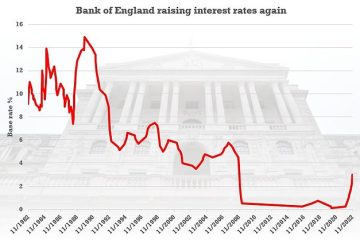Understanding Soldier F: A Key Figure in British Military History

Introduction
The term ‘Soldier F’ has gained prominence in recent discussions surrounding the legacy of the troubles in Northern Ireland. This figure, identified as a former paratrooper, has become a focal point in debates about accountability and justice concerning historical military actions. The relevance of Soldier F extends beyond individual actions, symbolising the complex relationship between the military and civilian populations during times of conflict.
Background of Soldier F
Soldier F is a pseudonym for a former member of the Parachute Regiment, implicated in the events of Bloody Sunday, which occurred in January 1972 in Londonderry, Northern Ireland. On that day, British soldiers opened fire on unarmed civil rights protesters, leading to the deaths of 14 individuals. The incident sparked widespread outrage and has remained a contentious issue in British and Irish history.
Legal Developments
In recent years, Soldier F faced prosecution for murder and attempted murder, brought to light through the findings of the Saville Inquiry that sought to clarify the events of Bloody Sunday. There has been much public discourse regarding the fairness of prosecuting an individual soldier while discussing the broader context of warfare and military orders. Critics argue that the prosecution reflects a selective approach to historical accountability, while supporters maintain that justice must be served for the victims and their families.
Public Reactions
The case of Soldier F has elicited strong responses from various groups. Proponents of the military, particularly within Northern Ireland, often see him as a figure of national pride, suggesting that he performed his duties under extreme circumstances. In contrast, human rights advocates denounce the actions taken by the soldiers as violations of civil rights, demanding accountability and calling for better historical reconciliation.
Conclusion
As the trial of Soldier F unfolds, it raises important questions not just about the past but also about how society deals with the legacies of conflict. The situation highlights the ongoing struggle for justice faced by victims of violence and the challenges of reconciling differing narratives of historical events. The future implications of this case could reshape perceptions of military conduct and civilian rights in conflict zones, stressing the urgent need for dialogue and understanding in a society still divided by its past.









